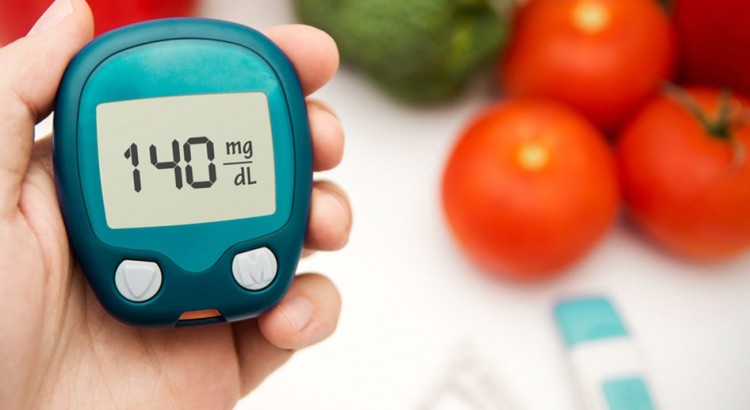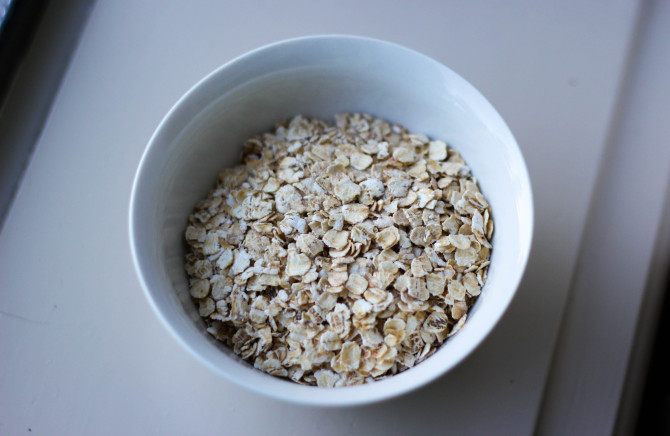Breakfast is a favorite meal for many people.
There’s so many options: eggs, avocado toast, smoothie bowls or just plain milk and cereal.

Photo by Kirby Barth
However, when college students wake up at 6:55 am for their 7 am classes, it can be difficult to consume a nutritious breakfast.
As much as college students need to sleep, they should also make time to eat a decent meal after they wake up — and the reason isn’t because eating breakfast gives you more energy throughout the day.
In fact, a study published by the Obesity Research and Clinical Study Practice did not find a definite relationship between 24-hour energy expenditure and breakfast consumption. However, the study did confirm that a larger breakfast led to more stable blood glucose levels throughout the day.

Photo courtesy of drnorthrup.com
Normally, when we haven’t eaten for 8 hours, blood sugar levels are less than 100 mg/ dL (milligrams/deciliter). In comparison, two hours after a meal, the levels are less than 140 mg/dL. So, after eating, it’s common to have higher blood sugar levels. However, the study by the Obesity Research and Clinical Practice journal found that breakfast-skippers had higher blood glucose levels over a 24-hour period.

Photo courtesy of extension.illinois.edu
So, what’s the big deal with high blood sugar levels?

Photo courtesy of blogcdn.com
The answer: higher levels of blood sugar can contribute to diabetes and obesity over time. In 2014, 29.1 million people were diagnosed with diabetes — almost enough people to populate the entire country of Malaysia.
When blood glucose levels consistently soar, you can suffer several consequences such as:
- the inability of the pancreas to produce insulin (may lead to diabetes)
- hardening of blood vessels
- kidney damage
By eating more during your first meal of the day, you won’t have as many spikes in blood sugar as you normally would. Here’s a couple of foods that can ensure you’re eating blood-sugar stabilizing meals in the morning:
Low Glycemic Index Foods

Photo courtesy of aboutlowcarbfoods.org
The glycemic index is a scale of 0-100 that ranks foods based on the rate at which they raise blood sugar levels. Recommended for each meal of your day, but especially at breakfast, are fruits, vegetables, legumes, dairy and nuts — which rank the lowest on the scale (55 and lower).
Oatmeal

Photo by Gabby Phi
Oatmeal is 55 on the GI scale and should be a go-to meal in the morning because of its soluble fiber. Soluble fiber helps to lower the bad LDL cholesterol levels by preventing their passage into the bloodstream.
Even more importantly, though, oatmeal takes a long time to digest, keeping your blood glucose levels constant for longer (#winning).
Greek Yogurt

Photo by Justin Schuble
Greek yogurt is low on the glycemic index, ranking at 14. This means that it won’t make your blood sugar levels soar. Additionally, just six ounces of Greek yogurt has 15-20 grams of protein, keeping you fuller longer. If you make it a habit and daily routine to eat these low glycemic index foods, you can decrease your risk of damaging your blood vessels due to a poor diet.
So, are you ready to stabilize those blood sugar levels?


